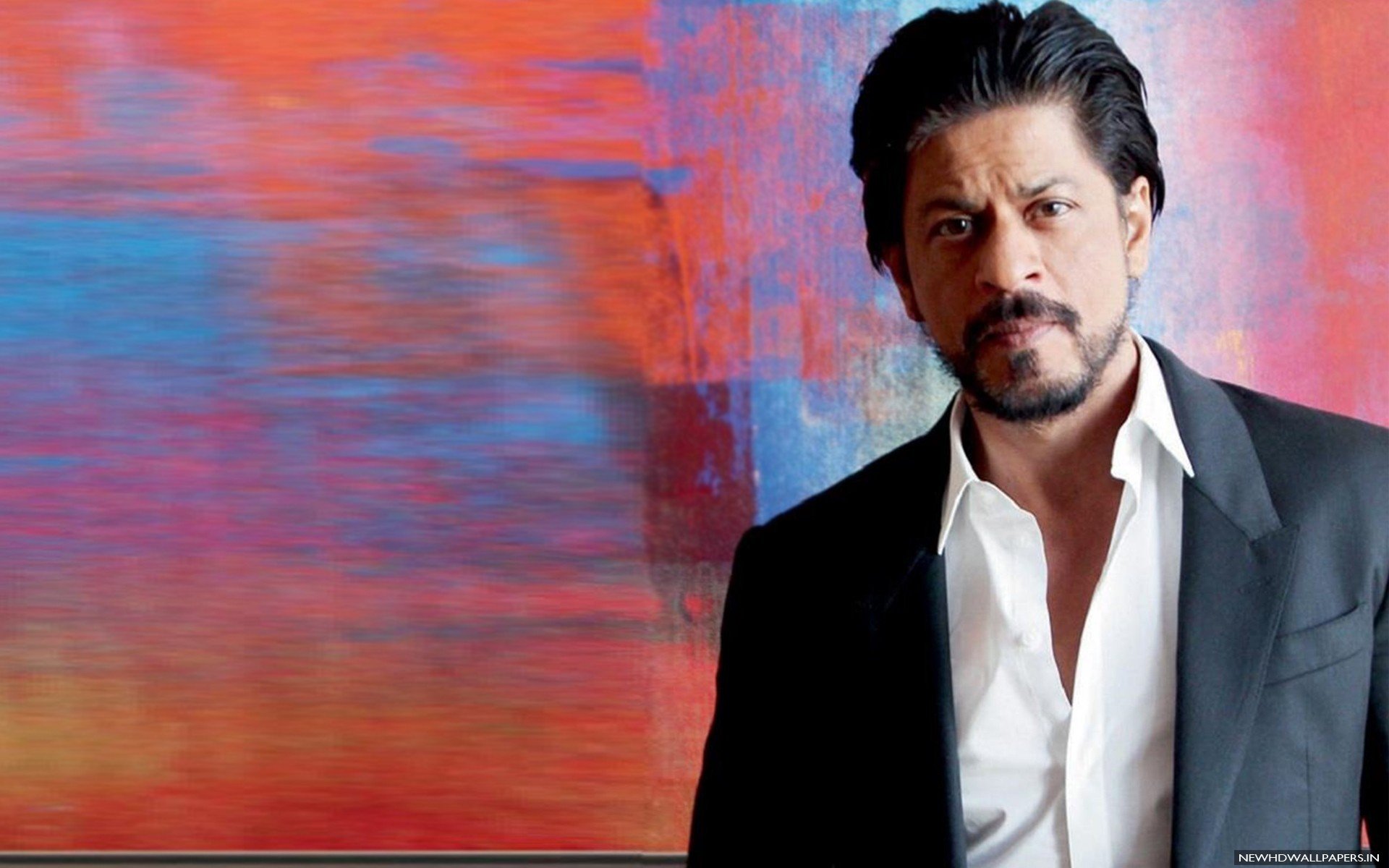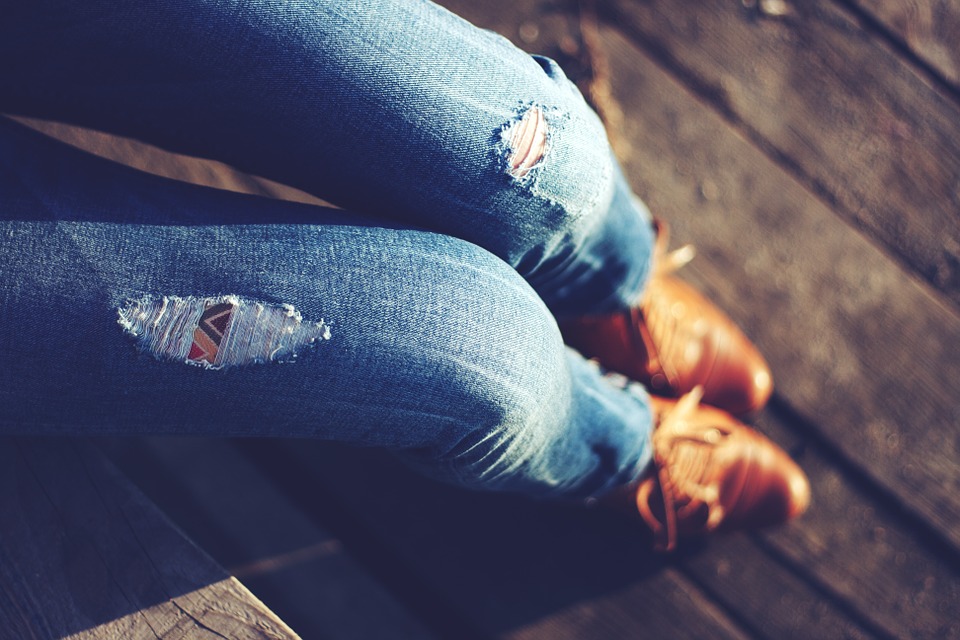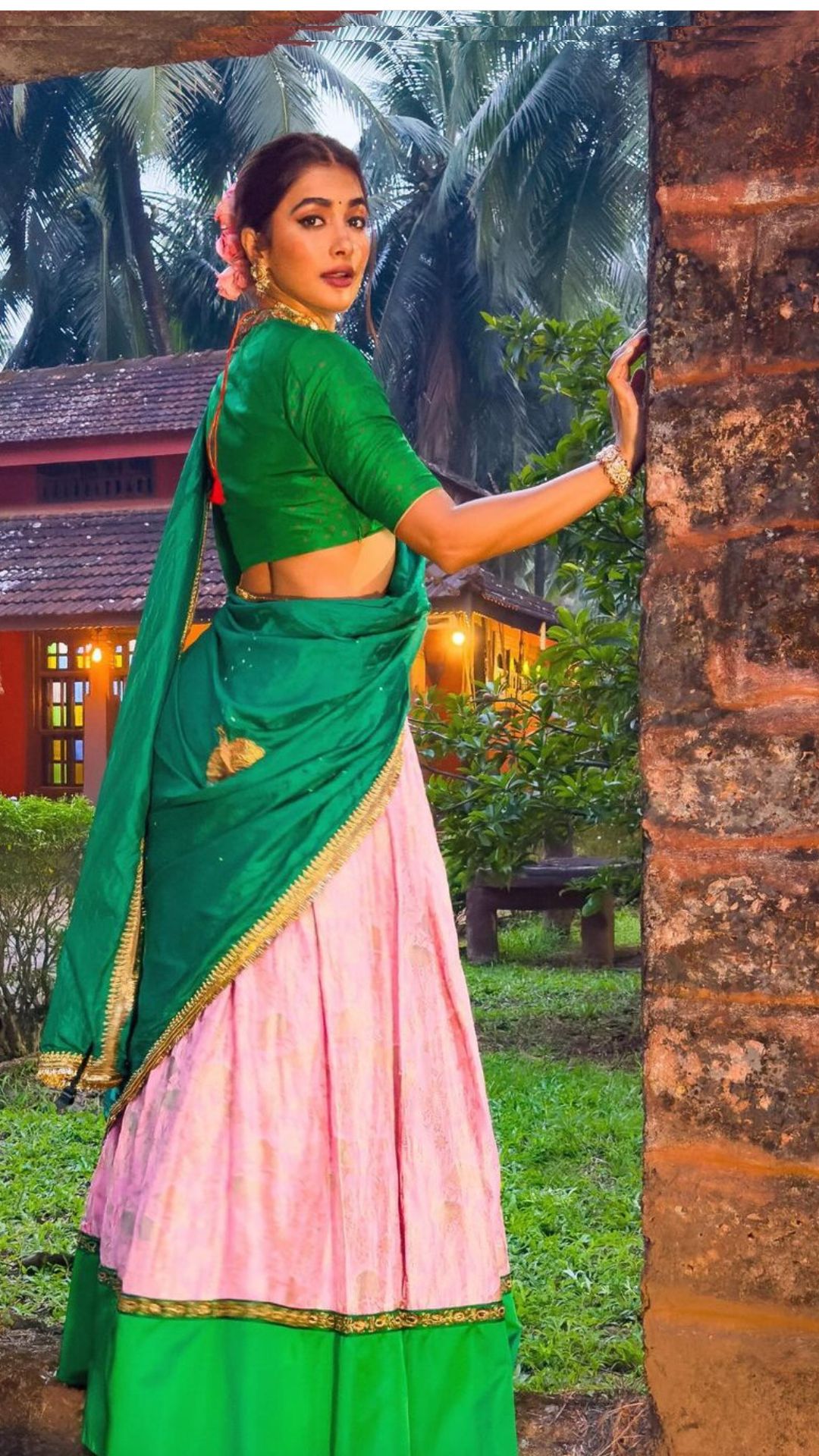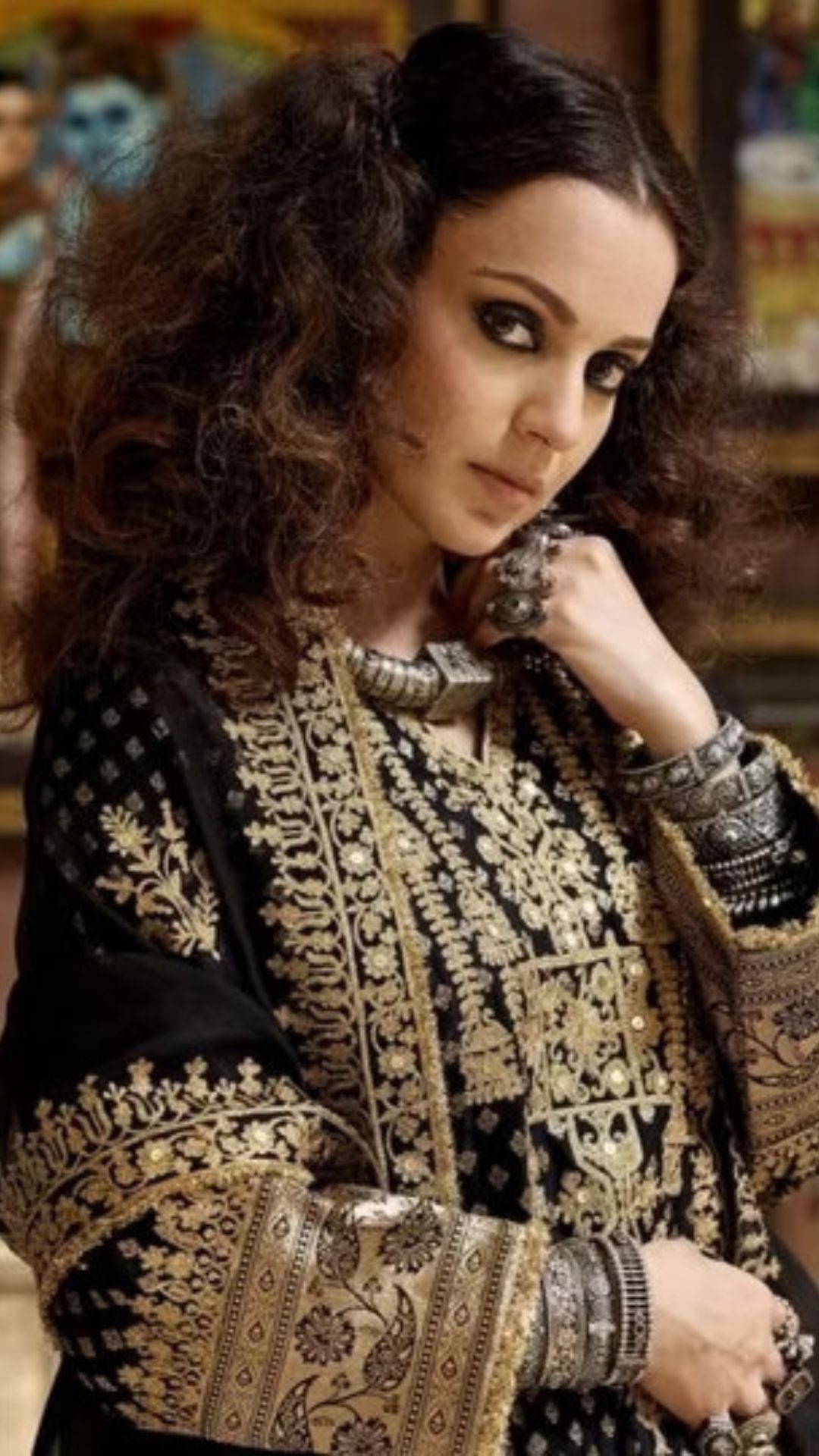
Khadi is crafted from natural fibers, typically cotton, which makes it biodegradable and reduces its environmental impact compared to synthetic fabrics.
Khadi assumed a significant part in our country’s set of experiences — a ton of us grew up finding out about how Gandhi made the turning charkha a public image during the opportunity battle. He required a blacklist of English materials to embrace the old art customs of our own country, the preeminent being khadi. Actually, khadi can allude to any normal texture that is hand-turned and handwoven, be it cotton, silk, jute or fleece. While plant made fabric is fundamental to fulfill the material requests of the Indian market, khadi is a valuable specialty profoundly interlaced with India’s story. All the more critically, it is exceptionally maintainable.
The turning of khadi utilizes no machines or energy and in this manner has a low carbon impression. A meter of khadi texture polishes off three liters of water, while one meter of factory delivered texture requires 55 liters of the valuable asset. Besides, khadi groups likewise produce critically required pay to rustic Indian people group. By and large, khadi assumed a part in assisting India with liberating itself from the standard of its colonizers. Today, it is essential for the answer for the major ecological emergency the world is confronting. With practical design currently turning out to be essential for standard discussions, Indian customers have become open to embracing clothing made from eco-accommodating unrefined components. Subsequently, different associations, brands and fashioners are giving this unassuming texture a cutting edge makeover to keep it significant in 2020. As a matter of fact, over the most recent couple of years, the material has taken unbelievable steps both financially and tastefully.
Government associations like The Khadi and Town Businesses Commission (KVIC) and the Service of Miniature, Little and Medium Endeavors (MSME) have been giving the material a serious push starting around 2018, exhibiting the fabric universally and marking notices with organizations like NIFT for better plan improvement and preparing. Concurring the KVIC, the complete typical khadi deal was Rs 914.07 crore from 2004 to 2014, and has leaped to Rs 1,828.3 crore between 2015 to 2018, featuring more than a 100 percent increment. The quantity of stores have additionally developed from 7050 out of 2017 to 8087 out of 2018, with new configurations like shop-in shops.
Large menswear material brands like Peter Britain and Raymond have been working with bunches to deliver khadi assortments, and Arvind Ltd has contributed vigorously to make khadi denim, one of the most economical denim variations on the planet. Indeed, even extravagance planners are making a special effort to embrace khadi in their plans and in this manner giving it a contemporary symbol. There were a couple of early adopters. Creator Ritu Kumar has been involving khadi for more than 10 years and is known to have adulated for its eco-accommodating properties, matte surface and capacity to wonderfully color. Nonetheless, most would agree that the greatest and most splendid advocate of khadi is architect Sabyasachi Mukherjee, who has involved it in practically the entirety of his assortments.
Mukherjee utilized this “unfortunate man’s material” to make wedding outfits that appear as though they could be worn by sovereignty. On his Instagram account, he says, “As a marriage creator, I continue to think, ‘What’s straightaway?’, and I continue to return to khadi. For my purposes, it is what could be compared to health, and nothing can be more sumptuous than that.” Couple of realize that from the get-go in his profession, Mukherjee won best creator at a challenge called Khadi Goes Worldwide, which won him a grant to go to London (likewise his most memorable global excursion) and a temporary job with the Victoria and Albert Gallery.Indeed, even universally, the texture is earning respect. This unassuming texture was the subject of a display by Issey Miyake at the 21_21 Plan Sight in Tokyo and exhibited again in 2019 at the spic and span’s York store. Rahul Mishra involved khadi in his assortment for Paris Style Week 2019; the particular, cool assortment propelled by school regalia has almost 80% of its realistic material handwoven utilized utilizing khadi yarns. KVIC has taken it to South Africa, Russia and New York (at the 63rd meeting of the Commission on Status of Ladies by the Unified Country’s Monetary and Social Committee) as a component of its special systems.
Creator Payal Jain accepts that khadi can be popular and used to make different cool outlines including western, Indian, and even couture; she personally has utilized khadi to make strong prints, jumpsuits and even outfits. Anju Modi has utilized it to make combination outlines like peplum kurtas with dhotis while Rohit Bal has made marriage lehengas out of it. Khadi is additionally being joined with other Indian artworks; Raghuvendra Rathore has consolidated it with dori work, Abu Jani Sandeep Khosla have joined it with chikankari, mark Similitude Racha has done current hand coloring with khadi. Well known sites like Jaypore, Aijo and practical design site, Ikkivi, sell more than adequate khadi attire which seems to be its old symbol and tempts shoppers to embrace this conventional texture as a feature of their day to day and event wear closets. Opportunity has arrived maybe for us all to possess something like one khadi thing to help our nation’s craftsmans, energize visionary originators and make a commitment towards an unnatural weather change.
POST A COMMENT
You must be logged in to post a comment.















